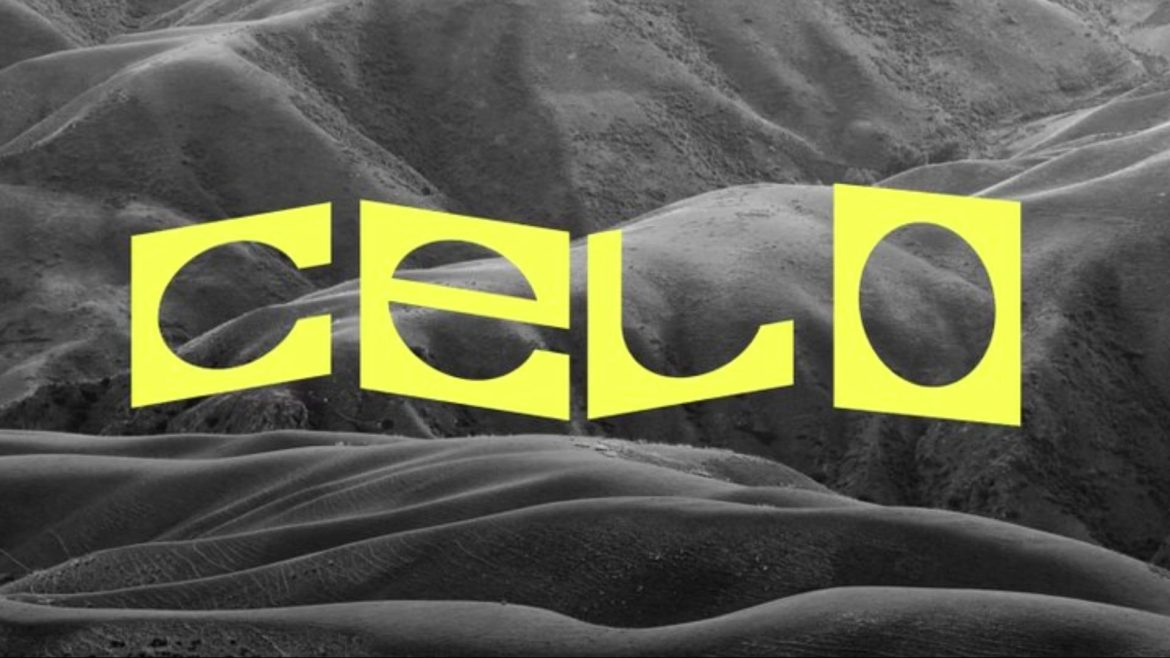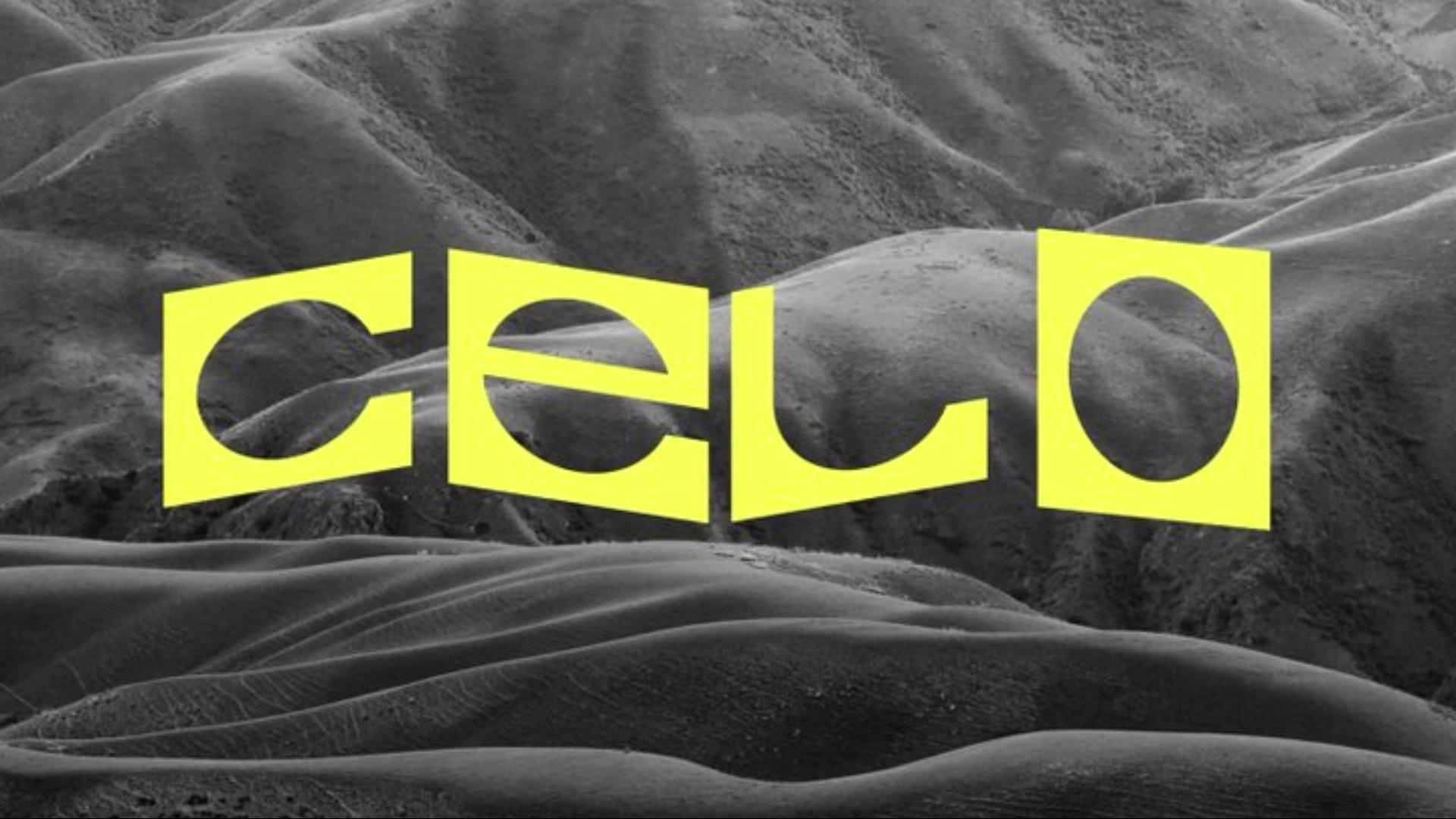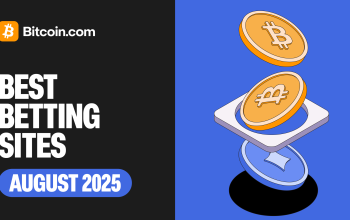Celo’s New Chapter: A Deep Dive into the Ethereum Layer 2 Migration
Introduction
In the dynamic world of blockchain, Celo’s recent shift to Ethereum as a layer 2 solution has sparked considerable intrigue and debate. This article explores this migration, its implications, and the broader context of layer 2 solutions in the blockchain ecosystem.
Celo’s Journey
Celo, a mobile-first blockchain platform, initially launched as an independent layer 1 blockchain. However, in July 2023, CLabs, the developer behind Celo, proposed transitioning from a standalone layer-1 blockchain to an Ethereum layer-2 solution (1, 5, 7). This proposal, which sparked mixed reactions, was finalized on March 26, 2025, with the activation of the Celo L2 Mainnet (1).
The Transition to Ethereum Layer 2
Celo’s move to Ethereum Layer 2 was facilitated by the OP Stack from Optimism, enabling Celo to migrate into an optimistic rollup chain (2). This proposed L2 design offers stronger guarantees on finality than Celo’s current implementation, providing the same 1-block finality that Ethereum does (6).
Implications of the Migration
Celo’s migration to Ethereum Layer 2 carries several implications:
– Leveraging Ethereum’s Infrastructure and Security: Celo can now tap into Ethereum’s robust infrastructure and security while maintaining its unique features and use cases.
– Access to Ethereum’s Developer Community: Celo can benefit from Ethereum’s large and active developer community, driving innovation and growth.
– Long-term Sustainability and Scalability: By adopting a layer 2 solution, Celo positions itself for long-term sustainability and scalability, aligning with the future of blockchain technology (3, 4).
The Broader Context of Layer 2 Solutions
Layer 2 solutions, like the one Celo adopted, are gaining traction in the blockchain space. They offer a way to scale blockchain networks without compromising security or decentralization, processing transactions more quickly and at lower costs by offloading some computational work from the main blockchain (layer 1) (9).
Challenges and Opportunities
While layer 2 solutions present clear benefits, they also pose challenges. For instance, Celo’s migration to Ethereum Layer 2 was not supported by all exchanges, including Coinbase (8), highlighting the need for broader industry consensus and collaboration. However, the migration also presents opportunities for innovation and growth, as seen in the numerous proposals and discussions within the Celo community (10).
Conclusion: A New Era of Blockchain Scalability and Interoperability
Celo’s migration to Ethereum Layer 2 marks a significant milestone in blockchain evolution. It underscores the potential of layer 2 solutions to address blockchain networks’ scalability challenges. As we move forward, it’s crucial for the blockchain community to continue exploring and adopting such solutions, paving the way for a new era of blockchain scalability and interoperability.
Sources:
– Celo returns home to Ethereum as layer 2, migration finalized
– Celo developers finalize Ethereum Layer 2 transition
– CLabs Proposal for Celo to transition to an Ethereum L2
– Returning Home to Ethereum: The Launch of Celo L2 Mainnet
– Celo Proposes to Ditch Own Standalone Blockchain for Layer 2 Network on Ethereum
– Celo’s Proposal to Transition to Ethereum Layer 2
– Celo Proposes to Ditch Own Standalone Blockchain for Layer 2 Network on Ethereum
– Coinbase defends why it is not supporting Celo’s migration
– State of Celo Q2 2024
– Proposal for Celo to Migrate to Ethereum L2 leveraging the Arbitrum Orbit L2 SDK





